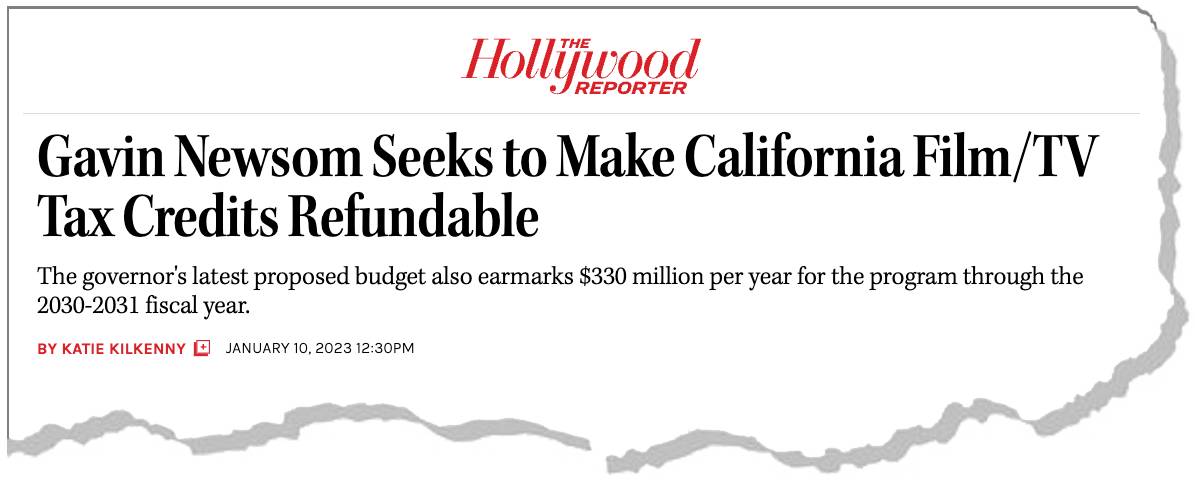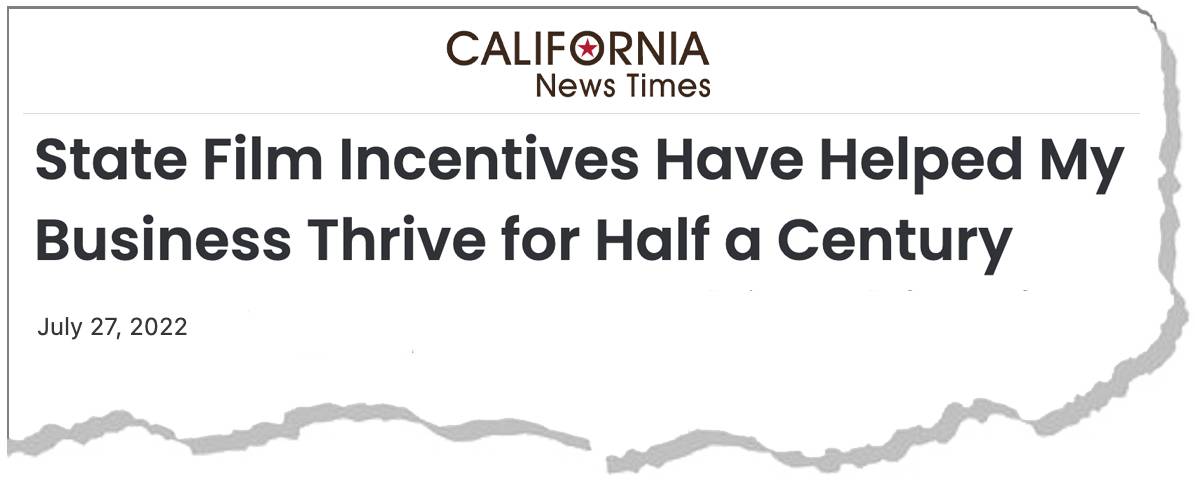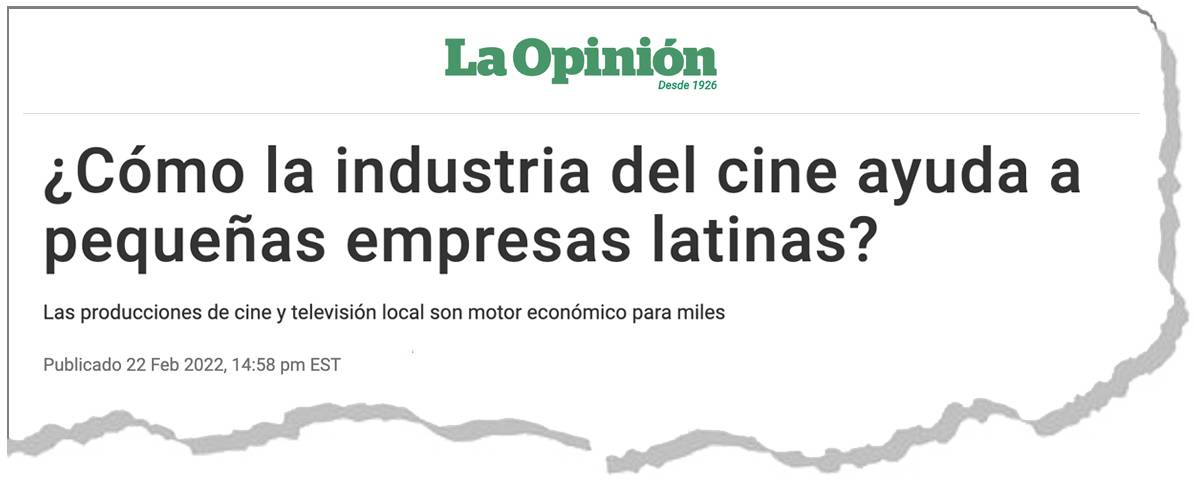Film, television, and streaming production is vital to California — and the state’s Film and Television Tax Credit Program helps attract and retain productions that create jobs and new economic activity throughout the state.
Learn more about the impact of production in California with the following videos, infographics, reports, and more.
Infographics
Click below to see a breakdown of the economic impact of film, TV, and streaming in California, as well as the job creation and economic growth driven by the state’s Film and Television Tax Credit Program:
The California Film Commission administers the Film and Television Tax Credit Program, which provides tax credits based on qualified expenditures for eligible productions that are produced in California. Visit their website for more information on the program.
In 2022, FilmLA — the partner film office for the City and County of Los Angeles and other local jurisdictions — also highlighted the record-setting increase in on-location film production in Greater Los Angeles. Read more here.
By the Numbers
 Top Gun: Maverick
Top Gun: Maverick
California’s economy took off with Paramount Pictures’ Top Gun: Maverick as its wingman. The impact of the film’s production includes:
- More than $150 million invested in the local economy.
- More than 2,820 high-quality jobs created for Californians, with local workers earning wages totaling more than $80 million.
- More than $3.9 million spent on lodging.
- More than $2 million spent on transportation, including truck and car rentals.
- More than $1.4 million spent on catering and other food items.
- More than $1.2 million spent on hardware and lumber supplies.
- More than $6.7 million spent on local rentals and purchases for set decoration, production, and other supplies.
 Nope
Nope
Prior to hitting the big screen, Jordan Peele’s Nope generated 1,550 local jobs and tens of millions to the state’s economy, according to data from NBCUniversal’s Universal Filmed Entertainment Group (UFEG).
The impact of Nope’s production includes:
- More than 1,550 local workers earning wages totaling more than $48 million.
- More than $4.0 million spent on transportation, including truck and car rentals.
- More than $1.1 million spent on catering and other food items.
- More than $2.0 million spent on hardware and lumber supplies.
- More than $10.0 million spent on local rentals and purchases for set decoration, production, and other supplies.
 Ford v Ferrari
Ford v Ferrari
The production of Ford v Ferrari drove in much more than cameras, lighting, 1960s’ Ferraris, and the Ford GT40 when it filmed in California. According to data released by 20th Century Fox, the impact of the film’s production includes:
- More than $101.6 million generated for the local economy.
- More than 13,600 local workers hired, driving home with wages totaling over $73 million.
- More than $20.8 million on local rentals and purchases for set design, production, and other supplies.
- More than $2.5 million on transportation, including truck and car rentals.
- More than $1.6 million on local catering and food for the cast and crew.
- More than $1.1 million on lodging.
- More than $1.9 million on hardware and lumber supplies.
In the News
To learn more about the economic impact of film, television, and streaming, visit motionpictures.org/economy.





